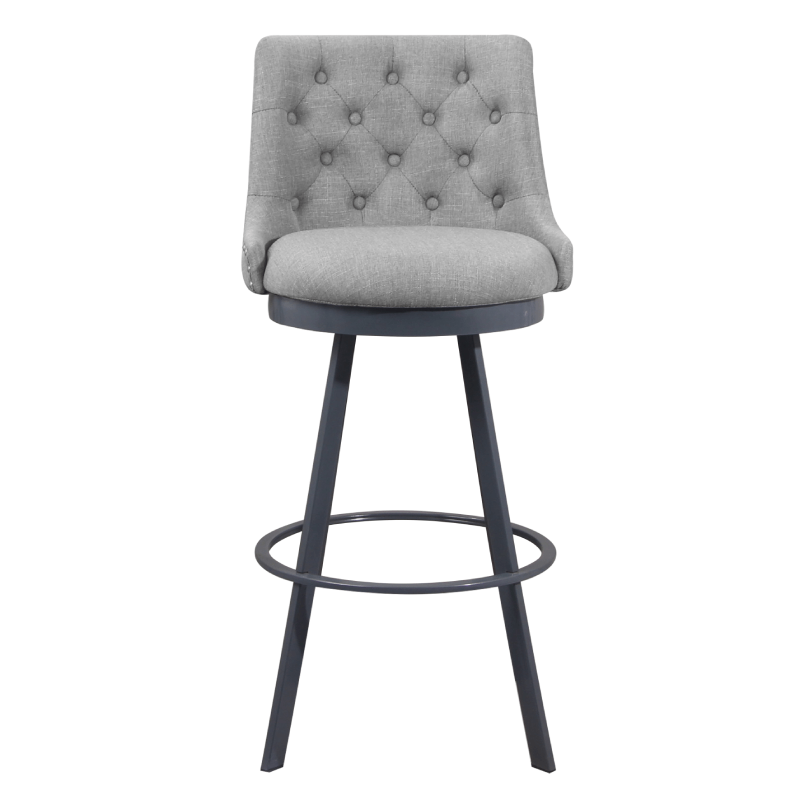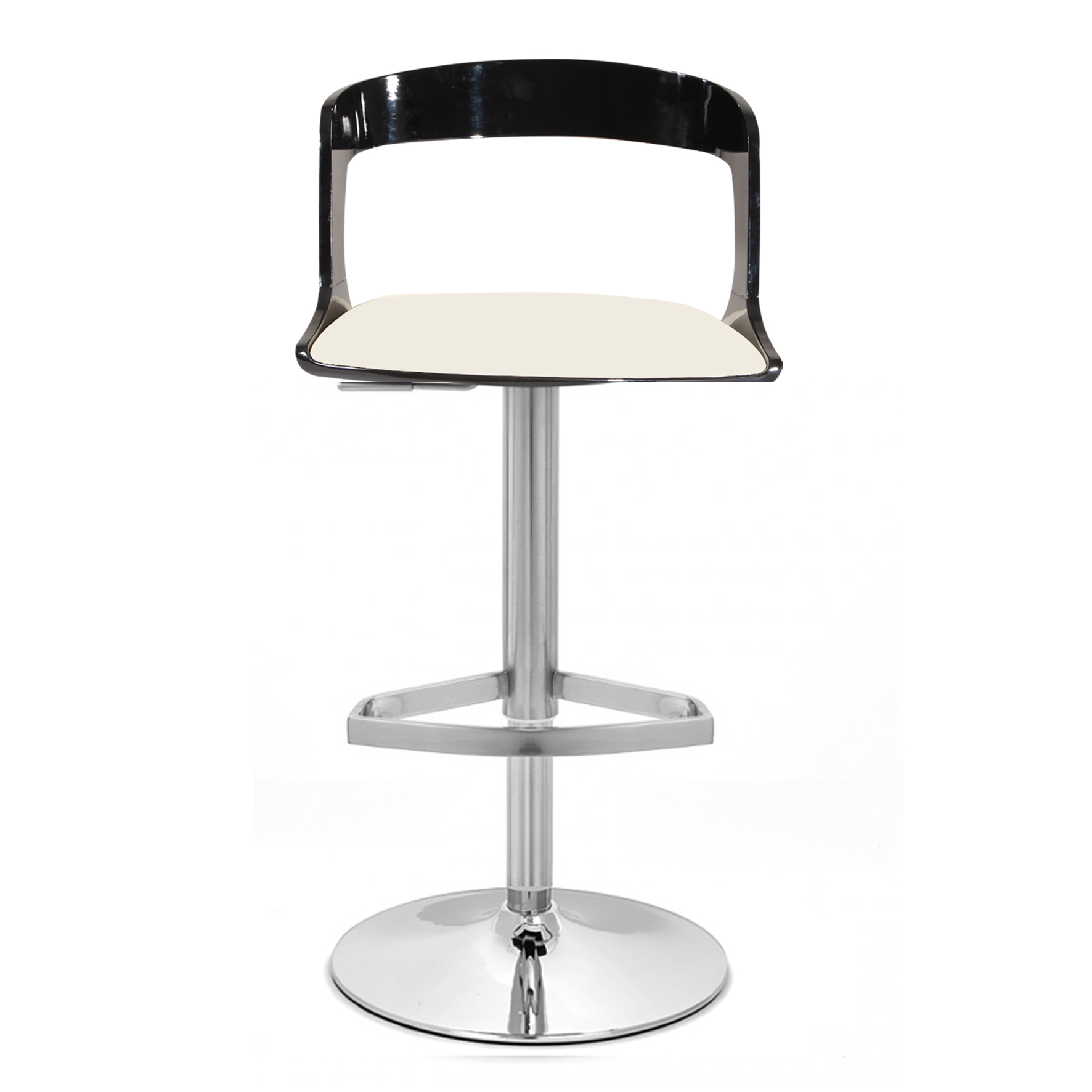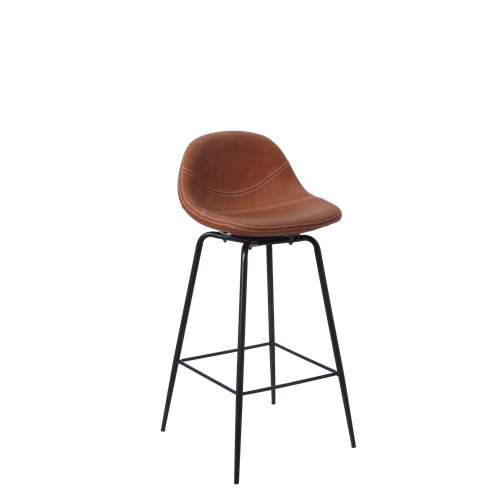Selecting the right counter stools for your dining room or kitchen can significantly enhance both the aesthetics and functionality of your space. With a plethora of styles, heights, and materials available, it is essential to consider various factors to ensure you find the perfect fit. This article will guide you through the process of choosing dining room counter stools that complement your design while providing comfort and practicality.
Understanding Counter Stool Heights
Standard Heights
Counter stools are typically designed to pair with counters that are 36 inches high. The standard seat height for these stools ranges from 24 to 26 inches. Understanding this height is crucial as it ensures that users can sit comfortably without their knees hitting the underside of the counter.
Measuring for Comfort
To achieve optimal comfort, it is recommended to leave 9 to 13 inches between the seat of the stool and the underside of the counter. This gap allows enough space for your legs while seated, preventing discomfort during extended use.
Bar Stools vs. Counter Stools
While counter stools are designed for standard kitchen counters, bar stools are taller, typically ranging from 28 to 30 inches in seat height, suitable for bars that are approximately 40 to 42 inches high. Understanding this distinction helps in selecting the correct stool type based on your specific countertop or bar height.
Choosing the Right Style
Design Considerations
When selecting counter stools, consider the overall design theme of your dining area. Here are some popular styles:
Backless Stools: Ideal for minimalist spaces, these stools offer a sleek look and can be easily tucked away when not in use.
Full-Back Stools: These provide additional support and comfort, making them suitable for family settings where prolonged sitting is common.
Swivel Stools: Perfect for social settings, swivel stools allow users to turn easily without needing to move the entire stool.

Material Selection
The material of your counter stools can greatly affect both their durability and aesthetic appeal. Common materials include:
Wood: Offers a classic look and durability.
Metal: Provides a modern touch and is often more lightweight.
Upholstered: Adds comfort but may require more maintenance due to potential stains.
Space Planning
Measuring Your Space
Before purchasing counter stools, accurately measure your available space. Consider both the width of your countertop and how many stools you wish to accommodate. A general guideline is to allow about 21 to 24 inches of space per stool to ensure comfortable seating without crowding.
Calculating Stool Capacity
To determine how many stools will fit at your counter:
-
Measure the total length of your countertop.
-
Divide this measurement by the width of your chosen stool (including any armrests if applicable).
-
Ensure you account for spacing between stools—typically an additional 6 to 10 inches depending on their width.

Practical Features
Comfort Enhancements
When choosing counter stools, consider features that enhance comfort:
Footrests: These can provide added support and comfort when sitting for long periods.
Cushioned Seats: Upholstered seats can improve comfort but may require more attention regarding cleaning and maintenance.
Child-Friendly Options
If children will frequently use these stools, opt for designs that minimize slipping risks. Full-back or saddle-seat designs can be beneficial in providing additional security.

Color and Finish
Coordinating with Existing Decor
Choose colors and finishes that complement your existing decor. Neutral colors tend to blend well with various styles, while bold colors can serve as statement pieces in a more eclectic design scheme.
Durability Considerations
Consider finishes that resist scratches and stains, especially in high-use areas like kitchens. Materials such as metal or treated wood often provide better durability against wear and tear compared to untreated wood or fabric upholstery.
Conclusion
Finding the perfect dining room counter stools involves careful consideration of height, style, material, space planning, practical features, and color coordination. By taking into account these factors, you can select stools that not only enhance the beauty of your dining area but also provide comfort and functionality for years to come. Whether you prefer a modern aesthetic or a more traditional look, there is a wide array of options available to suit every taste and need.

.jpg)



0723.jpg)